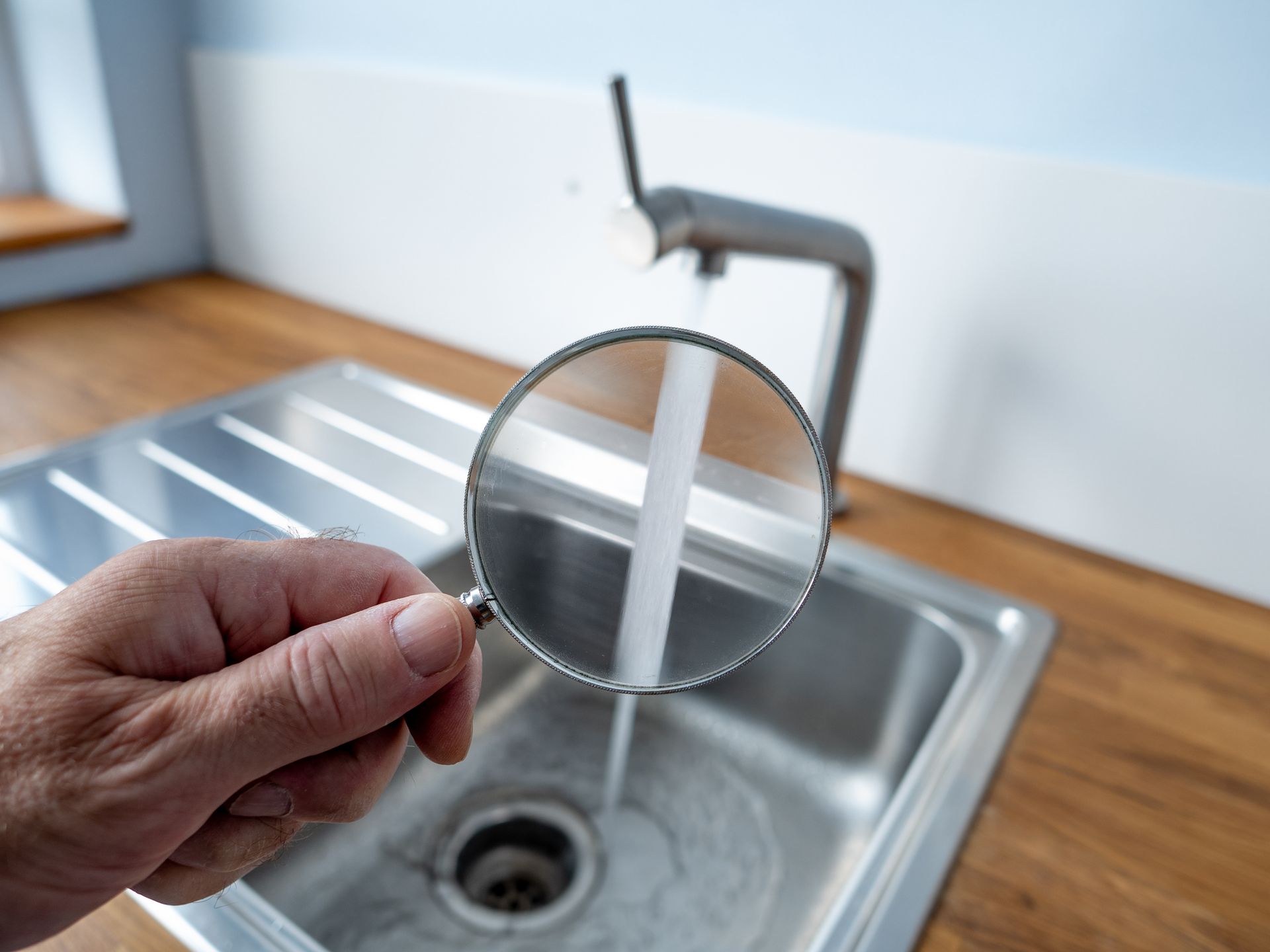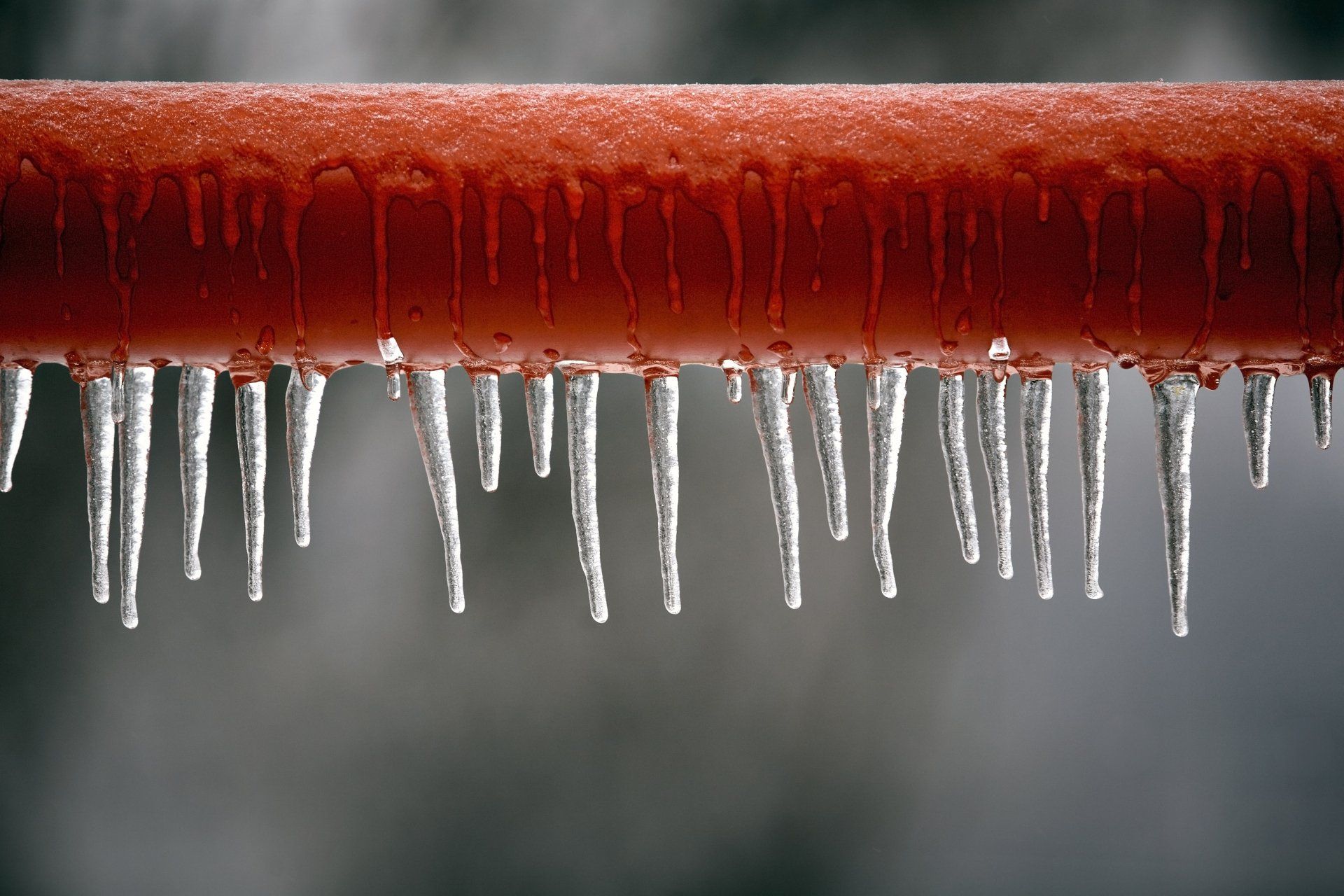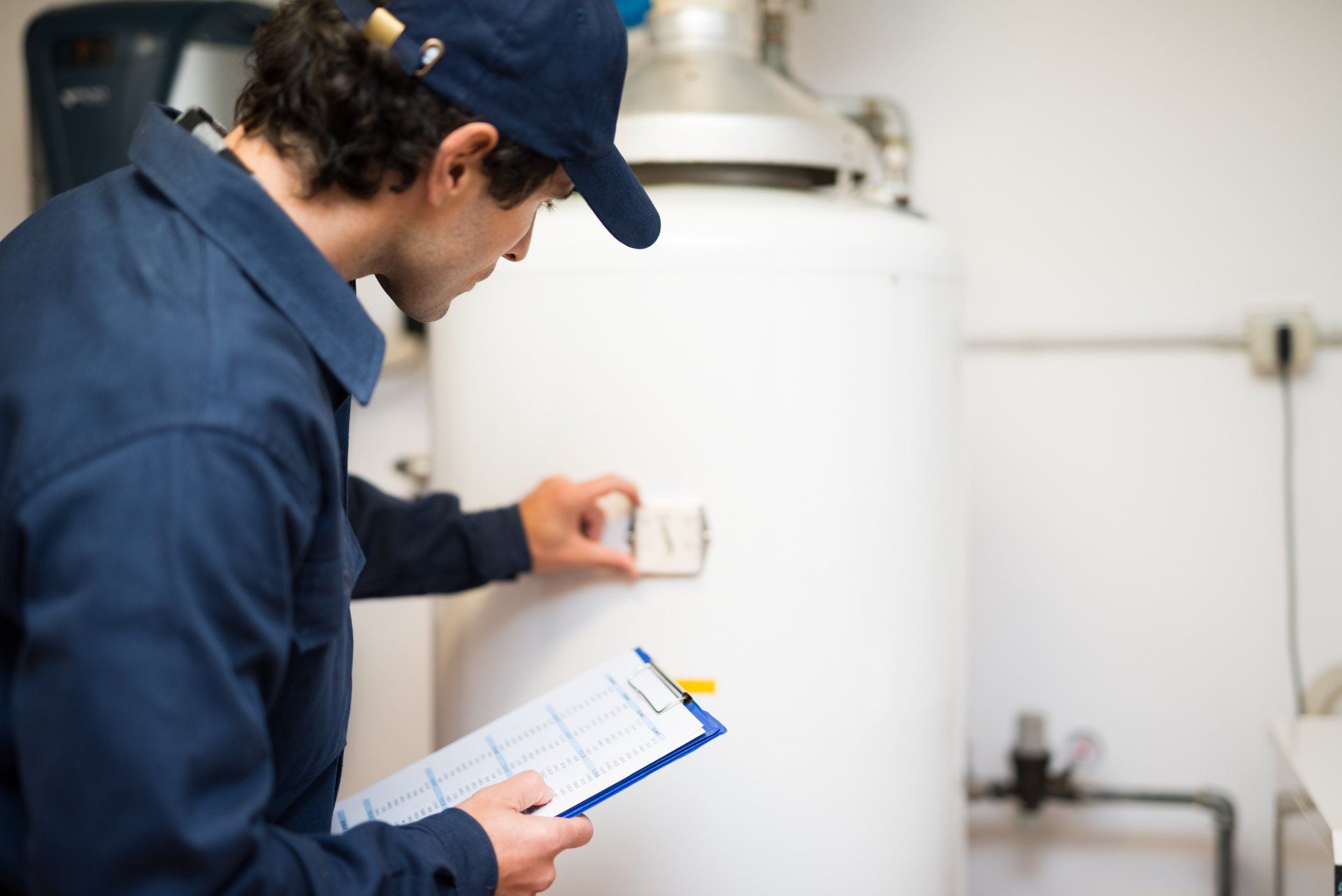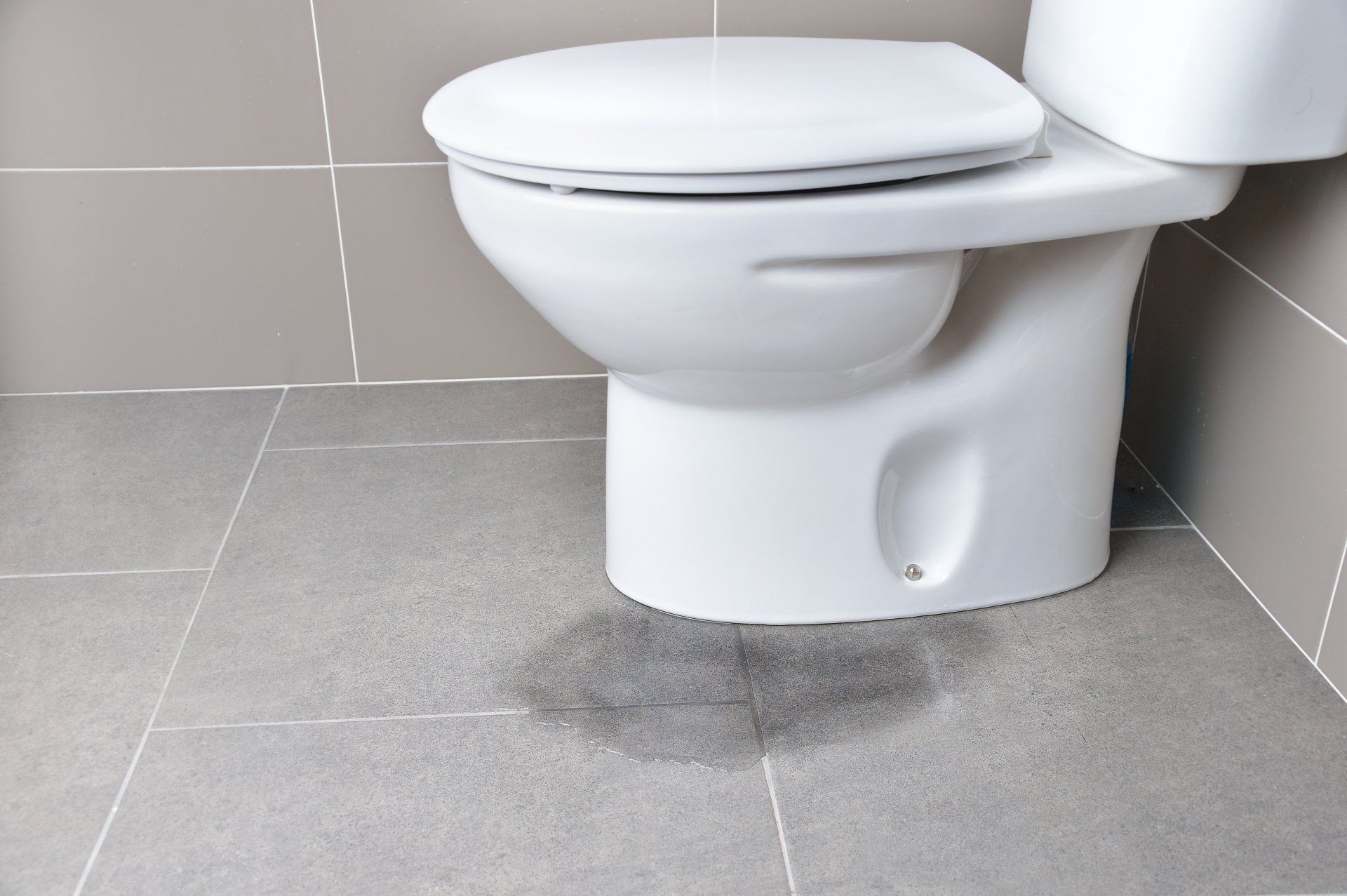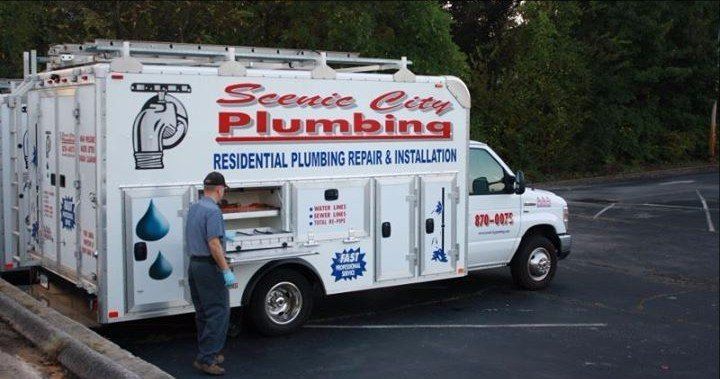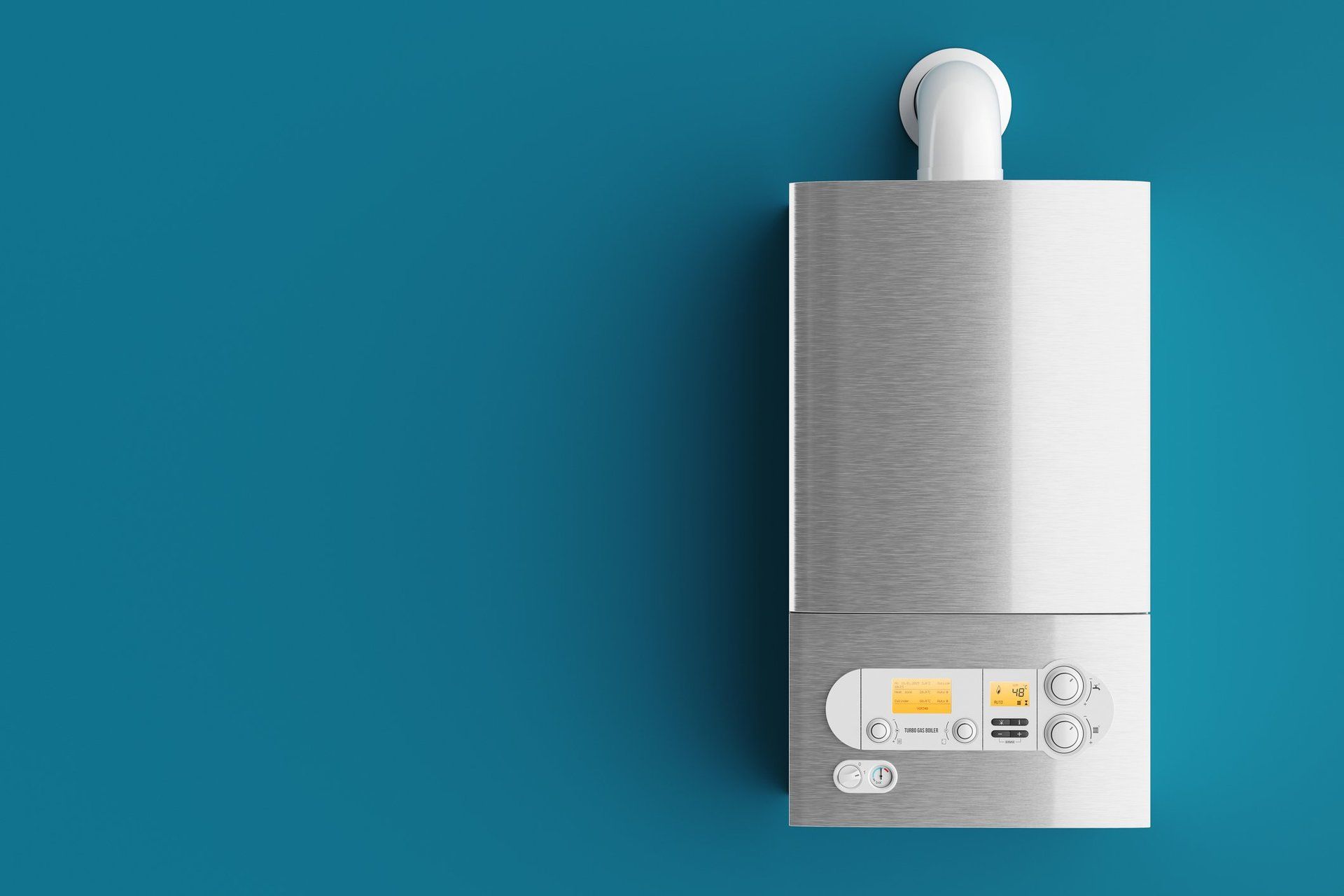Common Causes of Low Water Pressure & How to Fix Them
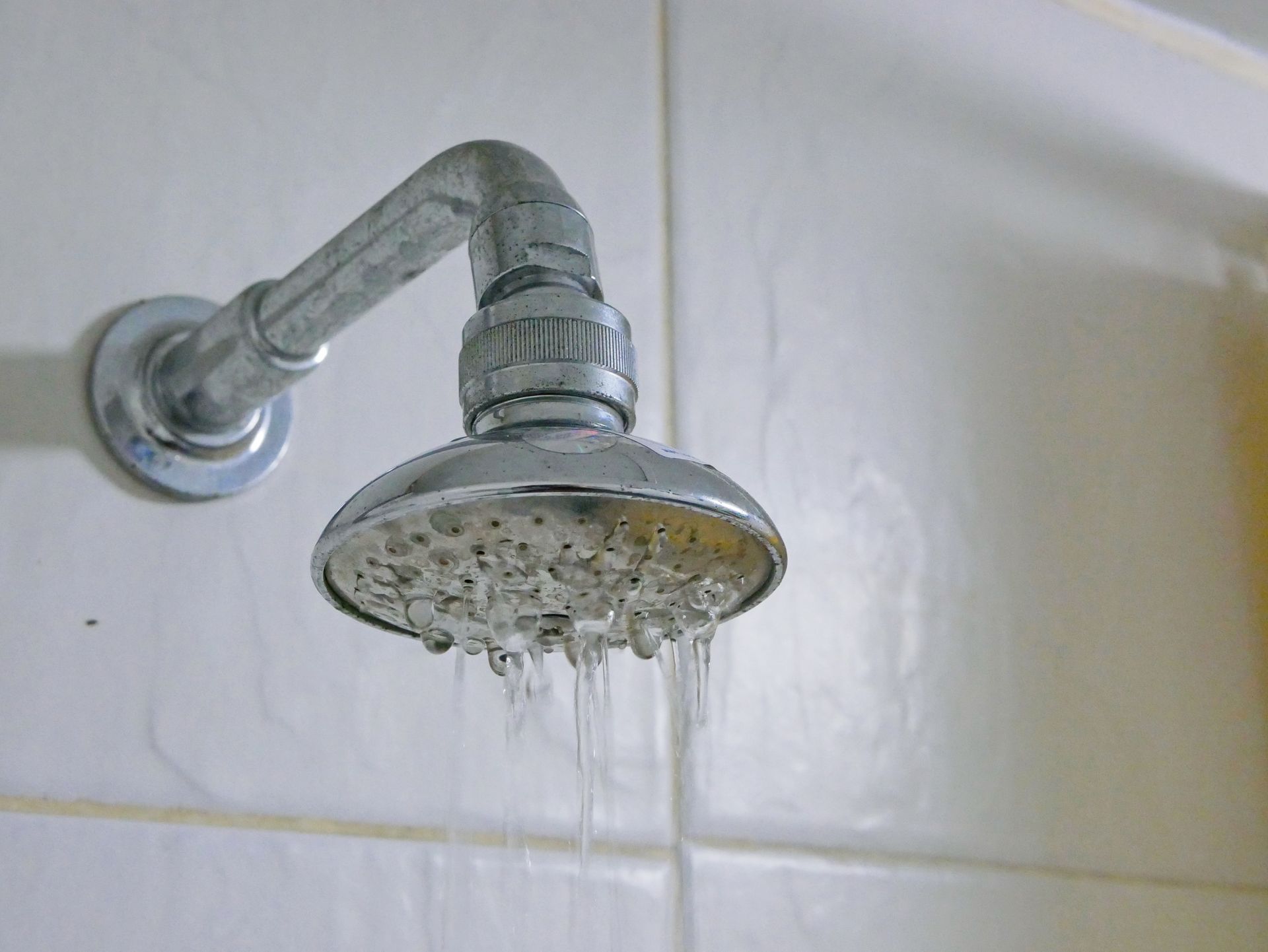
Dealing with low water pressure can be frustrating, especially when it disrupts your daily routine, like taking a shower or washing dishes. The causes of low water pressure can range from simple issues to more serious plumbing problems. Let’s explore the most common causes and what you can do to fix them.
1. Clogged Pipes
Over time, minerals, debris, and rust can build up inside your pipes, restricting water flow. This is a common issue in older homes where pipes may have accumulated years of deposits.
Solution: If you suspect clogged pipes, contact a professional plumber to inspect and, if necessary, clean or replace the pipes.
2. Corroded Plumbing
Older metal pipes, like those made from galvanized steel, are prone to corrosion, which can significantly reduce water pressure. As pipes corrode, they become narrower, restricting water flow.
Solution: Replacing old, corroded pipes with modern materials, such as copper or PEX, can restore proper water pressure and improve your plumbing system's lifespan.
3. Leaky Pipes
Leaks in your plumbing system can cause a drop in water pressure. Even small leaks reduce the amount of water reaching your faucets and fixtures.
Solution: Check for visible signs of water leaks, like damp spots or water pooling. If you can’t find the leak, a professional plumber can perform a leak detection service to locate and fix the issue.
4. Faulty Pressure Regulator
A pressure regulator is a device that controls the pressure of the water coming into your home. If this device fails, it can cause sudden changes in water pressure, either too high or too low.
Solution: A malfunctioning pressure regulator should be replaced by a licensed plumber to ensure the water pressure is at a safe, consistent level.
5. Partially Closed Valves
Sometimes, the main shut-off valve or the water meter valve in your home may not be fully open, restricting water flow. This can happen after plumbing work or if the valves were accidentally adjusted.
Solution: Check both the main shut-off valve and the water meter valve to ensure they are fully open. If you are unsure of how to do this, a plumber can assist.
6. Municipal Water Supply Issues
Sometimes, low water pressure is out of your control and is due to issues with the municipal water supply, such as maintenance work or high demand in your area.
Solution: Contact your local water provider to see if there are any ongoing issues or maintenance work affecting water pressure. If it's a long-term issue, installing a pressure booster may help.
7. Clogged Faucet Aerators or Showerheads
Mineral deposits can clog the aerators on your faucets or showerheads, reducing the flow of water. This is often an easy fix and may only affect specific fixtures.
Solution: Remove the aerator or showerhead, soak it in vinegar to dissolve the buildup, and scrub it clean before reattaching.
Preventing Future Low Water Pressure Issues
- Schedule regular plumbing maintenance to keep your pipes and fixtures in good shape.
- Consider installing a water softener if hard water is causing mineral buildup.
- Inspect your home’s plumbing system periodically for any signs of wear or damage.
Low water pressure can disrupt your day-to-day activities, but with a little troubleshooting, you can often identify the cause and take appropriate action. If you’re experiencing persistent low water pressure, don’t hesitate to call Scenic City Plumbing. Our expert team is here to diagnose the problem and get your water pressure back to normal!
Contact us today for a consultation or to schedule a service.




